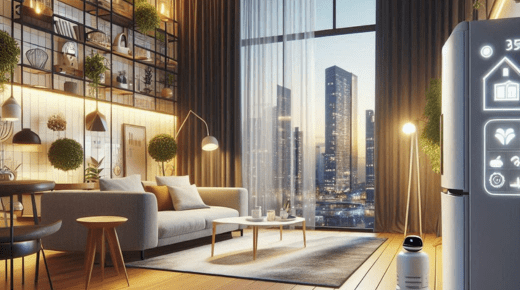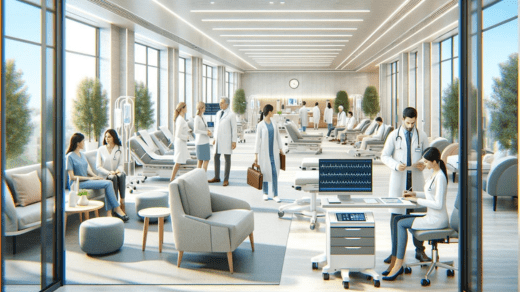Optimizing Comfort: A Comprehensive Guide to Air Conditioning Installation for Businesses

In today’s competitive business environment, maintaining a comfortable indoor climate is essential for both employee productivity and customer satisfaction. A well-designed commercial air conditioning system not only enhances comfort but also improves air quality and energy efficiency. This guide provides a comprehensive overview of the key considerations and steps involved in the air conditioning installation process, ensuring your business is well-equipped for the demands of a modern workspace.
Understanding Your Air Conditioning Needs
Before embarking on the installation of a commercial air conditioning (AC) system, it is crucial to assess your specific needs. Factors to consider include the size of your space, the number of occupants, and the type of equipment that will generate heat, such as computers or machinery. Conducting a thorough analysis will help you select the appropriate system and avoid over or under-sizing, both of which can lead to inefficiencies and increased energy costs.
Load Calculation
Performing a load calculation is a critical step in the AC Install process. This calculation estimates the heating and cooling needs of your building based on factors like:
- Square Footage: The total area that requires cooling.
- Insulation Quality: Well-insulated buildings retain cool air more effectively, reducing system strain.
- Window Placement and Type: Windows can significantly impact heat gain; south-facing windows generally allow more heat than those facing north.
- Occupancy Levels: More people generate more heat, requiring more cooling capacity.
Engaging a professional HVAC contractor to perform this calculation ensures accuracy and optimal system selection.
Choosing the Right Commercial Air Conditioning System
Once you understand your cooling requirements, it’s time to select a suitable air conditioning system. There are several types of commercial AC systems, each with its own advantages:
1. Split Systems
Split systems consist of an outdoor unit that houses the condenser and an indoor unit that contains the evaporator coil. This setup is versatile and ideal for medium to large spaces, allowing for efficient cooling and quieter operation.
2. Packaged Systems
Packaged systems house all components in a single unit, typically placed on the roof or near the building. They are suitable for businesses with limited indoor space and can be more cost-effective for larger installations.
3. Variable Refrigerant Flow (VRF) Systems
VRF systems are increasingly popular for their energy efficiency and ability to simultaneously cool and heat different areas of a building. They use refrigerant as the cooling and heating medium, which is distributed through a network of pipes.
Professional Installation: The Key to Success
The effectiveness of your commercial air conditioning system largely depends on the quality of the installation. Hiring a professional HVAC contractor is essential for a successful AC install. Here are some benefits of professional installation:
1. Expertise and Experience
Professional contractors possess the technical knowledge and experience to install complex HVAC systems correctly. They are familiar with local building codes and regulations, ensuring compliance and reducing the risk of costly mistakes.
2. Time Efficiency
An experienced team can complete the installation more quickly and efficiently than an untrained individual, minimizing disruption to your business operations.
3. Long-Term Performance
Proper installation directly impacts the system’s longevity and efficiency. A professional ensures all components are correctly fitted and calibrated, which can lead to lower energy bills and a reduced need for repairs.
Maintenance and Energy Efficiency
After installation, ongoing maintenance is crucial for optimizing the performance of your commercial air conditioning system. Regular maintenance tasks include:
- Changing Filters: Dirty filters restrict airflow and reduce efficiency. They should be replaced or cleaned regularly.
- Cleaning Coils: Keeping evaporator and condenser coils clean improves system efficiency and prevents breakdowns.
- Scheduling Professional Inspections: Regular check-ups by HVAC professionals can identify potential issues before they become significant problems.
Energy-Efficient Practices
In addition to maintenance, implementing energy-efficient practices can further enhance the comfort and sustainability of your business. Consider these strategies:
- Programmable Thermostats: These allow for temperature adjustments based on occupancy schedules, optimizing energy use.
- Zoning Systems: Zoning enables different areas of a building to be cooled independently, ensuring comfort while reducing energy consumption.
- Energy Management Systems: Advanced systems can monitor energy usage and provide insights for reducing costs.
Conclusion
Optimizing comfort through effective air conditioning installation is a vital component of a successful business strategy. By understanding your specific needs, selecting the right commercial air conditioning system, and ensuring professional installation and maintenance, you can create an environment that promotes productivity and well-being. Investing in a high-quality AC install not only enhances comfort but also contributes to energy efficiency and cost savings in the long run, making it a smart choice for any business.






